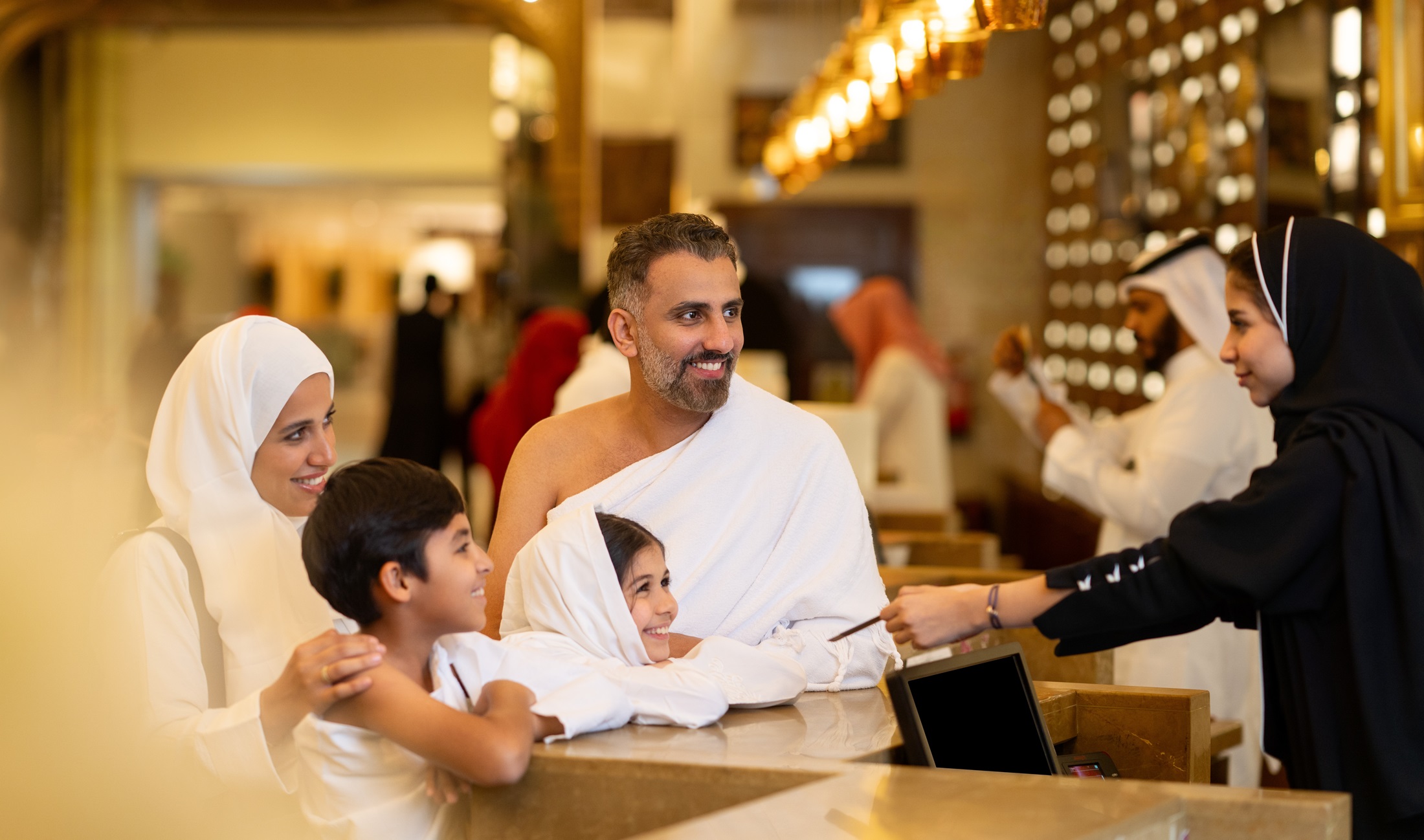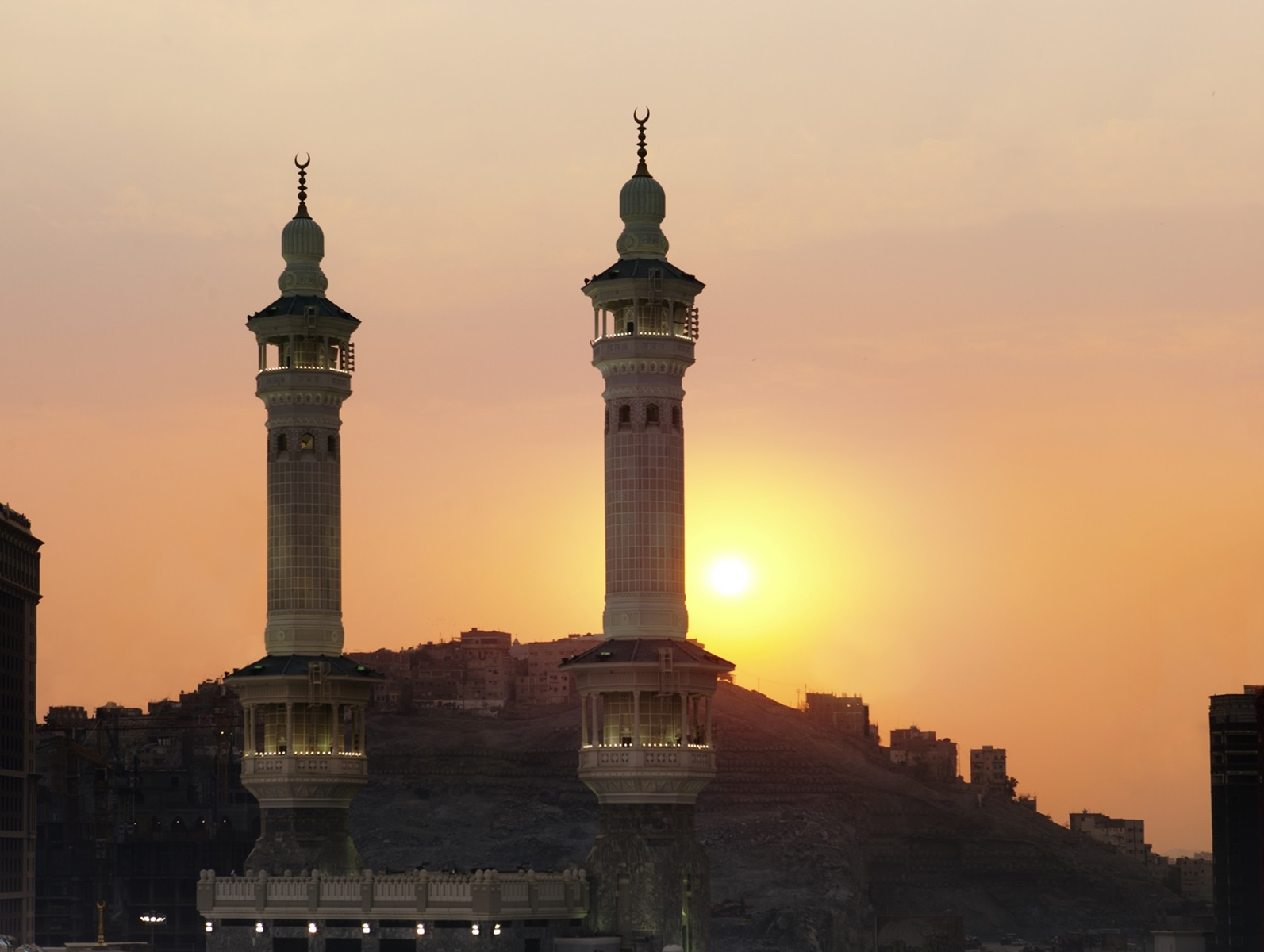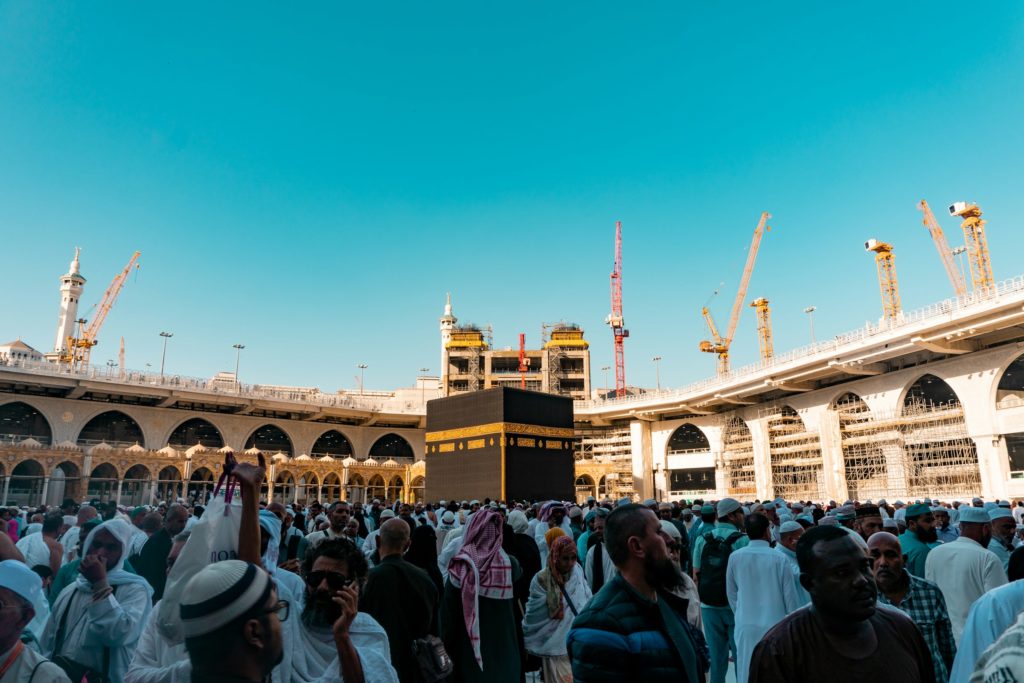According to Islamic beliefs, Allah (SWT) commanded Ibrahim (PBUH), father of the prophets, to take Hajar (ASW) and their son, Ismail (PBUH), from Hebron (in present-day Palestine) to the distant valley of Bakkah.
Ibrahim (PBUH) left them there with just a skin of water and a bag of dates, telling Hajar (ASW) that Allah (SWT) will provide.
When the food and water ran out, she ran seven times between the two hills of Safa and Marwa – seeking water or help from a passing caravan. After the seventh time, she heard a voice and cried out for help.
Then an angel dug his heel into the ground, from which sprang fresh water, and said to her that Ismail (PBUH) and his father will build a House of God on this spot.
The miraculous spring, named Zamzam (which means “stop flowing”), attracted nomadic Arabs, who soon settled around the spot. Thousands of years later, the last prophet of God, Mohamed (PBUH), was born in Makkah. When he was 40 years old, he received the first of his revelations in a cave within Jabal Al Nur (Mountain of Light), just to the north of the city.
The prophet began his ministry in Makkah, professing the one true God. Twelve years later, he would be driven from his city to Yathrib, later renamed Madinah. This migration, called Hijra, is the start of the Islamic calendar.
In 632, a decade after Hijra, Mohamed (PBUH) made the pilgrimage (al Hajj) to Makkah. This journey back to his birthplace is an example that faithful Muslims – regardless of where they reside – follow to this day.








